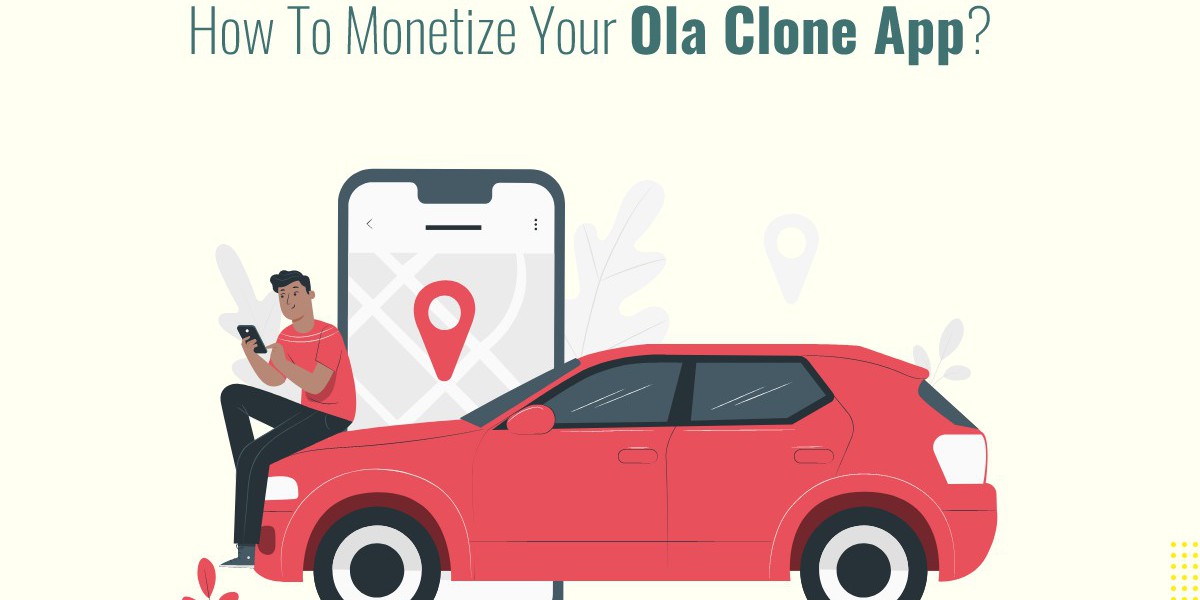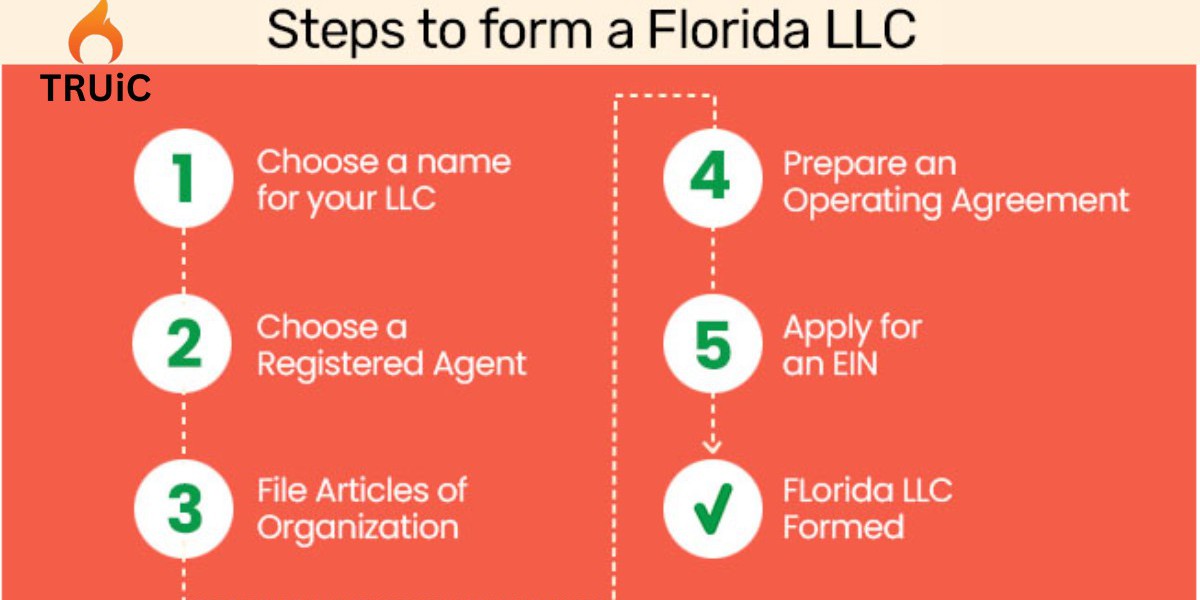Creating a successful ride-hailing app like Ola involves not just developing a feature-rich platform, but also implementing effective monetization strategies. Generating revenue is crucial for the sustainability and growth of your app. Here are several proven methods to monetize your Ola clone app:
1. Ride Fare Commission
The primary source of revenue for ride-hailing apps is the commission taken from each ride. Typically, the app charges a percentage of the total fare from the drivers. For example, if the commission rate is 20%, the app retains 20% of each ride’s fare, while the driver receives the remaining 80%. Setting competitive commission rates is vital to attract and retain drivers on your platform.
2. Surge Pricing
Surge pricing, also known as dynamic pricing, is a method where the fare increases during high demand periods, such as rush hours, bad weather, or special events. This not only increases revenue for the app but also encourages more drivers to be available during peak times. Implementing an algorithm that adjusts prices based on demand and supply can maximize earnings.
3. Ride Passes and Subscriptions
Offering ride passes or subscription plans can provide a steady revenue stream. For a fixed fee, users can avail themselves of discounted rides or unlimited rides within a specific period. Subscription models like monthly or yearly plans encourage loyalty and ensure regular income. These plans are attractive to frequent riders who seek cost savings on their daily commutes.
4. In-App Advertising
In-app advertising is another lucrative monetization strategy. Partner with brands and advertisers to display targeted ads within your app. This could include banner ads, video ads, or sponsored content. Ensure that the ads are non-intrusive and relevant to the user to maintain a positive user experience. Additionally, offering an ad-free premium version of the app for a fee can also be a source of revenue.
5. Premium Ride Options
Introduce premium ride options such as luxury cars, SUVs, or special services like female-only rides or child-friendly rides. These premium services can be priced higher than regular rides, catering to users willing to pay extra for added comfort, security, or convenience. By offering diverse ride options, you can attract a broader customer base and increase revenue.
6. Corporate Tie-Ups
Establish partnerships with businesses to offer corporate ride solutions. Companies can provide ride-hailing services to their employees as part of their benefits package or for business travel. Offering bulk ride packages or special corporate rates can secure long-term contracts and consistent revenue. Additionally, creating a dedicated portal for corporate clients can enhance the service’s appeal.
7. Cancellation and Convenience Fees
Charging a cancellation fee when a user cancels a ride after a certain period can also contribute to revenue. Additionally, you can introduce convenience fees for services like priority booking, immediate pickup, or door-to-door assistance. These fees should be nominal but can add up to a significant amount over time.
8. Partnering with Local Businesses
Form alliances with local businesses such as restaurants, hotels, and shopping centers to offer special deals and discounts to your app users. For instance, you can collaborate with restaurants to provide discounts to users who book a ride to their location. These partnerships can drive more rides to specific destinations while generating additional revenue through commissions from the businesses.
9. Referral Programs
Implementing a referral program can help grow your user base while generating revenue. Offer incentives to existing users for referring new riders or drivers. These incentives can be in the form of ride credits or discounts. The new users brought in through referrals can contribute to your app's growth and revenue generation.
Conclusion
Monetizing your Ola clone app requires a combination of strategies tailored to your market and user preferences. By implementing ride fare commissions, surge pricing, subscriptions, in-app advertising, premium ride options, corporate tie-ups, cancellation fees, local business partnerships, and referral programs, you can create a sustainable revenue model. Balancing these monetization methods while maintaining a high-quality user experience will ensure the long-term success and profitability of your ride-hailing app.



